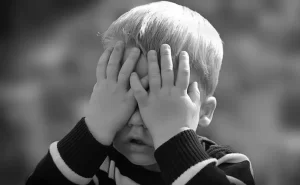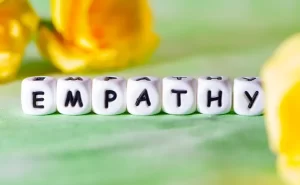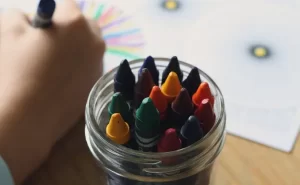Top Tips to Discipline a Toddler
When your toddler misbehaves, you might wonder: “How can I discipline my toddler effectively?” If you’re a parent who struggles to discipline your child, you should keep a few things in mind. In general, you should stick to a consistent routine and ensure your child understands the rules you’ve set are unambiguous. For example, repeatedly say “no hitting” when disciplining your child. It would be best if you also warned your child about the changes coming into the routine.
Positive Reinforcement
Disciplining your toddler is an essential part of raising a child. Please remember that discipline doesn’t mean restricting your child. Instead, it should be a means of training and instructing your child. Positive reinforcement is an excellent tool for discipline. It also teaches your child right from wrong.
When disciplining your child, use specific, measurable rewards and punishments. For example, let your child pick the salad dressing if they assist you in making supper. If they play well with the other children, you can let them stay up later and let them play with their toys. If you can make your child see a specific positive reward, it will be more likely that the behavior will be repeated.
Time-Out
The most critical element of time-outs is consistency. When children are repeatedly asked to stop doing something they are unhappy with, they will fight it to prove they are serious about it. Rather than yell or threaten your child, be calm and consistent. Children feel safe around adults who are predictable and follow a schedule.
Time-out is an effective way to discipline your toddler. It can be applied in several circumstances. For example, if your child throws a fork at the dinner table, you can tell them to wait in the corner and say, “We’re not eating.” Afterward, take your child to the time-out room and start the timer. Watch the timer, and return to the table when the time is up. If your child starts misbehaving again, you should immediately react. Your consistency will teach your child to avoid problems in the future.
Redirecting Attention
Redirecting attention is a powerful method for disciplining a child. It helps you avoid the negative consequences of misbehavior and develop a healthy parent-child relationship. First, however, you must be careful and know what to say. The key is staying calm and honest and acknowledging your child’s emotions. For example, you may want to recognize that your child is upset about jumping on the couch or drawing on the wall, but you must remind him that these actions are unacceptable in the real world.
Redirecting attention when disciplining a toddler can help your child change their behavior. It works well even with younger children and helps your child feel good about doing the right thing. It also helps them understand that good behavior is appreciated. By focusing on the good things that your child does, you can motivate them to do more of them.
Ignoring Bad Behavior
Sometimes, ignoring a child’s bad behavior is a good parenting technique. The child will learn that their actions will not get a reaction from you, and the behavior will be less likely to occur again. But sometimes, ignoring a child’s behavior can lead to more significant problems.
First, it is essential to differentiate between a child’s normal behavior and problem behavior. Then, set clear consequences for inappropriate behavior. These consequences include taking something away or depriving the child of a privilege. Another good option is to make your child do something “good” due to their bad behavior.
Giving a Reason
One of the best ways to discipline your toddler is by providing a reason for the behavior. For example, giving your child a reason to comply with a rule removes the focus from you, and your child will be more likely to comply with your request. In addition, a toddler often feels resentful when he has not explained his actions, so a good reason will go a long way. Besides, giving your toddler a reason will tell him you care about him.
Another way to discipline your toddler effectively is to use a stop sign. This sign reminds your child to stop when you give a warning. This is essential during toddlerhood, when children are most likely to disobey rules.













